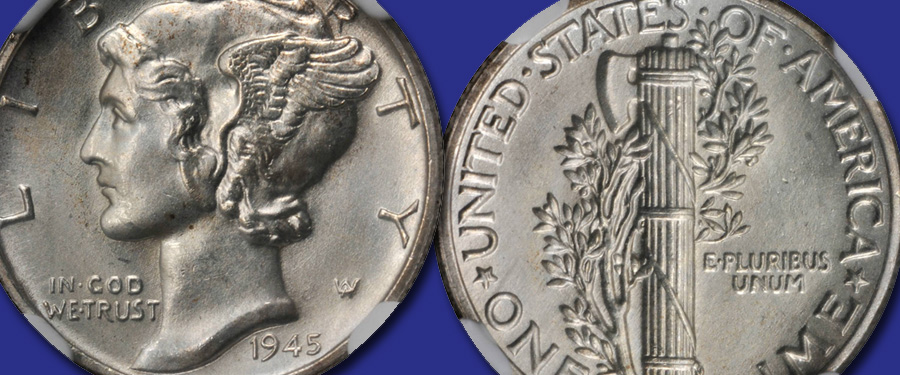
Do you have a question about anything numismatic? Want to know what’s going on here at Stack’s Bowers Galleries? If so, send your inquiries to AnswersfortheAvidCollector@StacksBowers.com and get a response to your important questions from our team of experts!
Question: I recently began a collection of Mercury dimes. I started with the best 1916-D I could afford, a nice EF coin, and I am now interested in buying as many dates as I can afford in Uncirculated grades. A good friend, also a collector, told me the 1945 was the rarest date in Uncirculated. Is he right? It seems like it should be one of the more common dates according to the mintage figures. Thanks for your answer in advance.
Answer: Congratulations on your endeavor. Though there are many common issues in the Mercury dime series, there are also some elusive dates and a rarity or two as well. As for the 1945, your friend was on the right track when he suggested the 1945 is a rare date. However, it’s only when the date is sharply struck and the center horizontal bands on the reverse fasces are fully separated and rounded that it is rare. Softly struck 1945 Mercury dimes are the rule and sharply struck examples of this otherwise plentiful Philadelphia Mint issue are the exception. Indeed, for under $25, today’s collector can own a Mint State-65 Gem of the date in a third-party holder. If you desire the same date in MS-65 FB (Full Bands), then figure on spending the better part of $10,000, perhaps even more, for an example. I hope that helps answer your question, and good luck with the collection!





